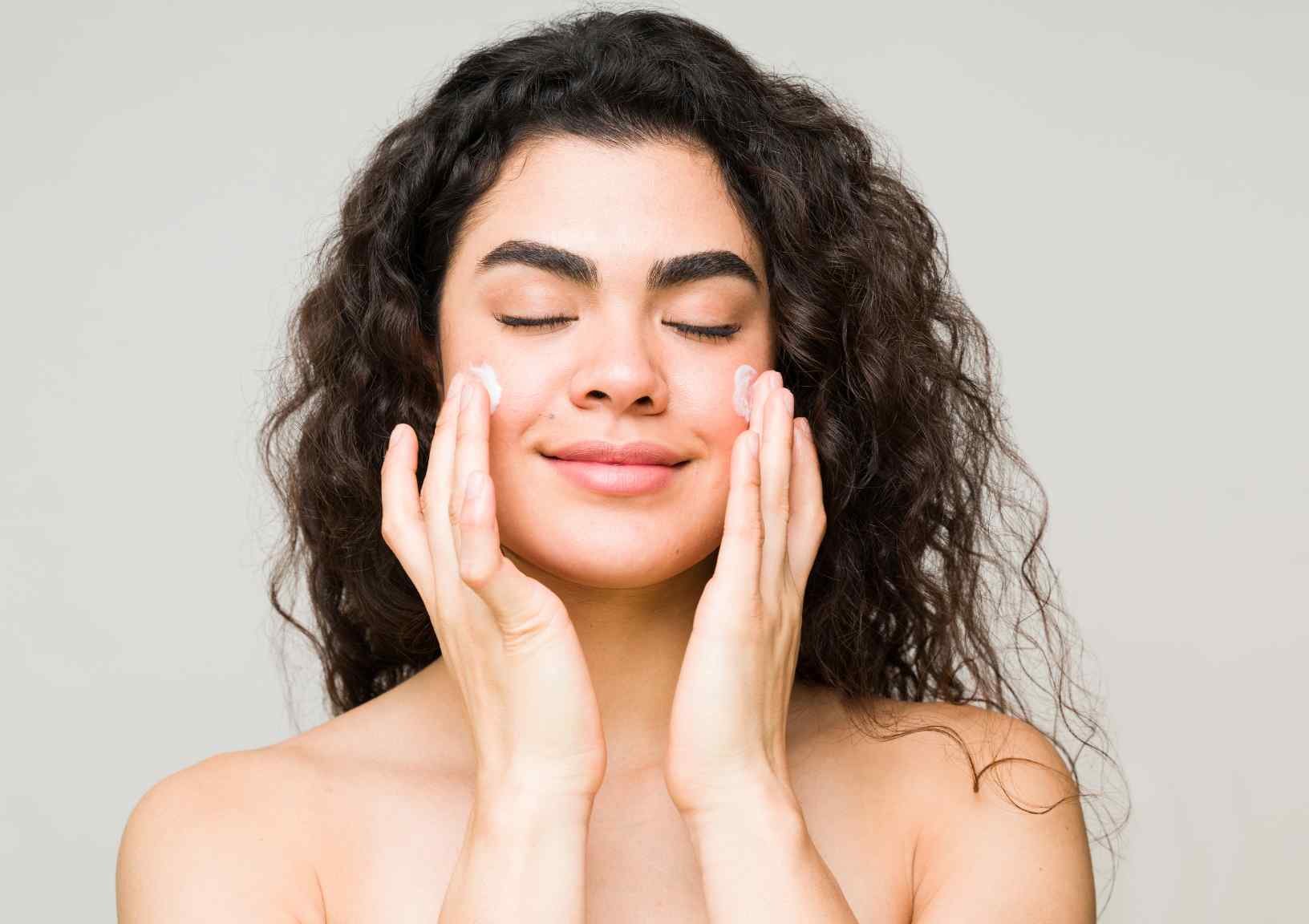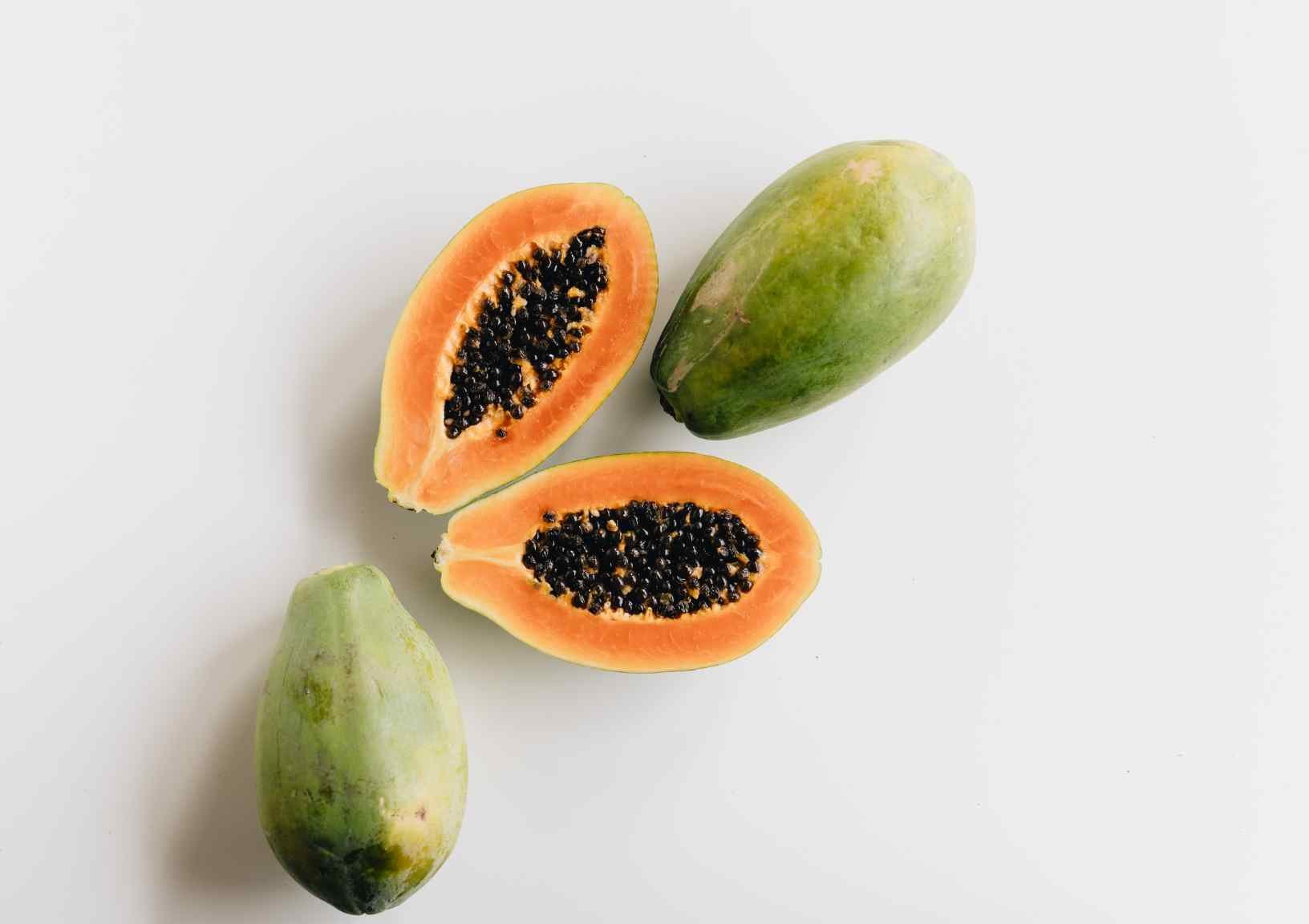What Are Age Spots
What are Age Spots and How Can I Prevent Them?
While age spots don’t affect everyone, they can do a number on one’s self-esteem. They don’t often go away easily, and some can’t be covered with your average concealer. Whether you’re experiencing age spots on your face, hands, neck, or body, they can likely be attributed to the same cause— hyperpigmentation.
Hyperpigmentation may be the result of scarring or photodamage from too much time in the sun. Regardless of the cause, hyperpigmentation tends to reveal itself as patches of discoloration on the skin's surface.
Fortunately, there are a number of ways to fade age spots and even more options for preventing them before they occur. Continue reading for the lowdown on age spots, how they appear, who they affect, and how you can nip them in the bud with ingredients you’ll find at home.
What are age spots and what causes them?
Age spots, also known as sun spots or liver spots, are flat, pale, brown, or black skin lesions that usually appear on the face, neck, hands, and arms. They are caused by the accumulation of melanin, the pigment that gives color to your complexion.
The leading cause of age spots is exposure to the sun’s harmful UV rays, which damage the DNA within your skin cells. As a result, these cells kick into overdrive to produce more melanin as a means of protecting the skin. This excess melanin is what can ultimately lead to age spots.
How do age spots affect your skin’s appearance?
Age spots are most commonly seen in people over the age of 50, but they can occur at any stage of life. Those with lighter skin tones are more prone to age spots, though they can appear on any skin type or shade.
Younger individuals are generally spared from age spots unless you’re a beach bum, or spend all of your free time in the sun. Though small, age spots are often a few shades darker than your natural skin tone. This can make them tricky to conceal with cosmetics.
Is it possible to prevent age spots?
It’s absolutely possible to prevent age spots, especially if you start young. And the solution is so simple, you’ll wish you knew it sooner. The trick to preventing age spots is as easy as shielding your skin from the sun. You may do so by wearing protective clothing, avoiding extended sun exposure, and always wearing a broad-spectrum sunscreen with an SPF of 30 or more.
The sun’s UV rays are most potent during peak hours between 10 AM and 4 PM, depending on your location. If you choose to venture out during these hours, you may supplement sunscreen with a hat for added protection.
What’s the best way to treat age spots at home?
If you already have age spots, they can be treated with a number of methods, either at home or at the dermatologist’s office.
A skin care professional may recommend solutions such as bleaching creams, chemical peels, laser therapy, or cryotherapy. Some of these treatments are more invasive than others, so it’s essential that you and your dermatologist work closely to find what works best for your unique circumstances.
If you’re not quite ready to undergo professional treatments, age spots may slowly fade with the following at-home remedies.
Natural Remedies to Get Rid of Age Spots
1. Try papaya as an exfoliant
A natural source of alpha-hydroxy acids, papaya acts as a gentle exfoliant for the skin. By lightly sloughing away dead skin cells, papaya may help to diminish dark circles, age spots, and other imperfections.
2. Use almond oil to soothe your complexion
If you’re in search of gentle face oil that won’t clog pores, almond oil may just be your answer. Use a few drops to remove makeup delicately, or to moisturize your skin with the power of vitamin E and niacin.
3. Keep skin glowing with vitamin C
Vitamin C is one of the best-known ways to brighten your complexion naturally. Shown to slow the production of melanin, vitamin C may prevent sun spots, age spots, and melasma. With regular use, it will also lessen the appearance of existing dark spots and acne scarring.
4. Apply aloe vera to diminish scarring
Age spots may also result from scarring, especially when your skin is depleted of hydration. Fortunately, there’s the aloe vera plant, one of mother nature’s most powerful moisturizers. The gel that’s extracted from the aloe vera plant is comprised of 99.5% water, so there’s no doubt it will heal your dryness, fade scarring, and defeat dark spots.
5. Sprinkle some turmeric to even skin’s texture
Turmeric is beloved for its healing benefits and has long been known as a powerful anti-inflammatory. These benefits include boosting skin health by inhibiting the production of excess melanin. You can use turmeric to mix together a face mask or apply a small amount as a spot treatment.
6. Eat tomatoes to fight photodamage
Ultraviolet radiation from the sun may lead to photodamage. The indicators of photodamage are rough, uneven skin with deep-set wrinkles that are difficult to disguise.
One unexpected remedy for photodamage is ingesting tomatoes. Some studies have demonstrated that the high levels of lycopene in tomatoes provide protection from the sun. No need to apply tomato paste to your skin to get the full effect. Instead, incorporate tomatoes into your everyday diet to reap all their benefits.
7. Make yogurt a skincare staple
Name a more balanced breakfast than a bowl of yogurt with some fresh fruit. Delicious as it may be, yogurt boasts benefits beyond just satisfying your cravings. Yogurt made with cow's milk contains lactic acid, a gentle chemical exfoliant that balances your skin’s pH, evens out texture, and soothes redness.













